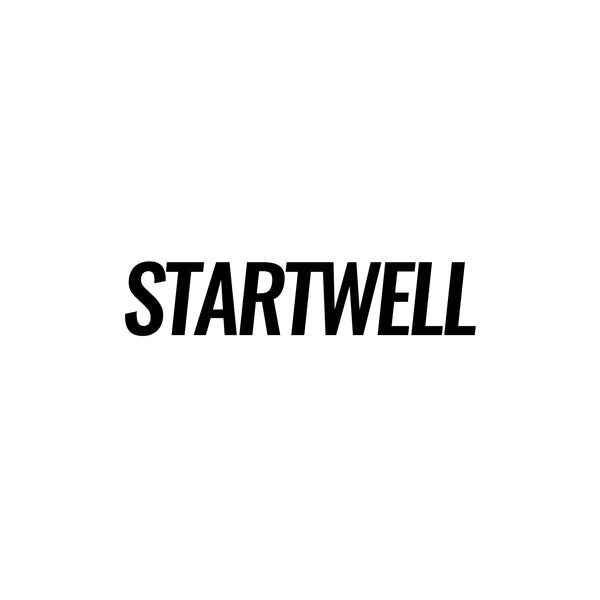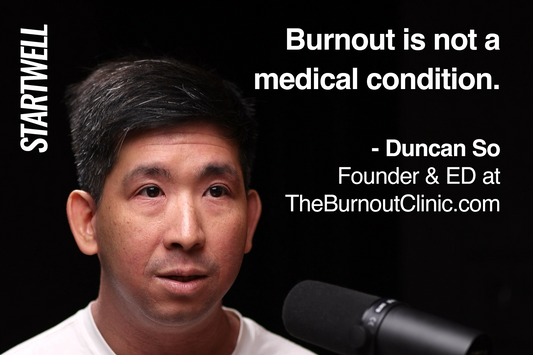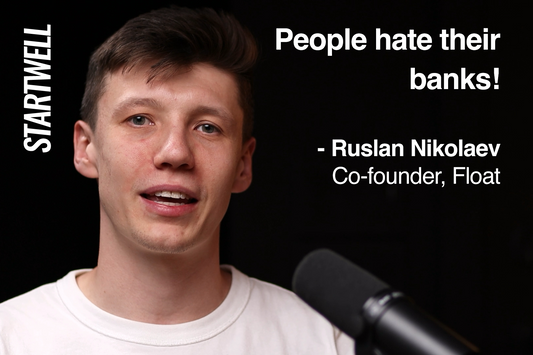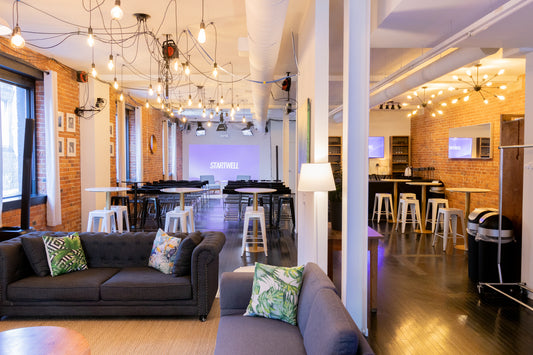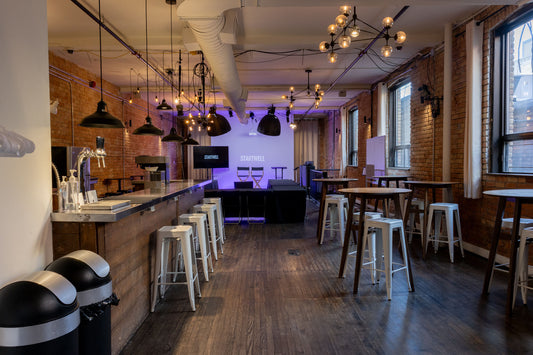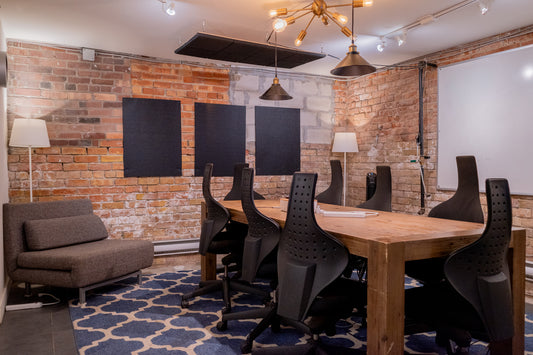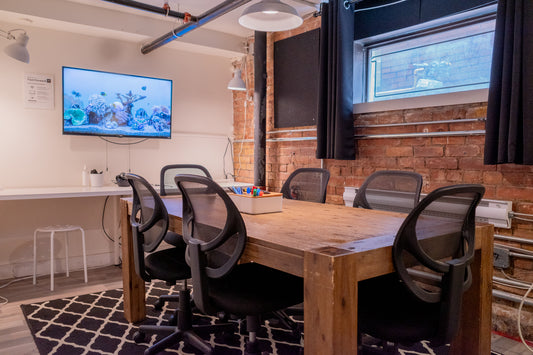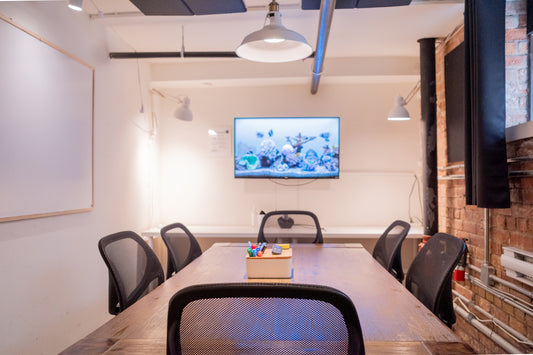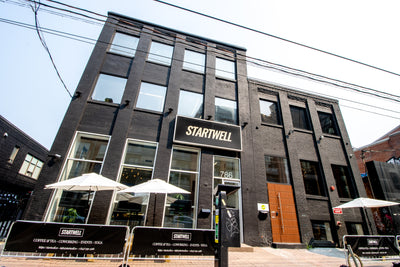This episode of the StartWell Podcast delves into the complexities of burnout, distinguishing it from acute stress and exploring the impact of chronic stress on mental health.
Duncan So (Burnout Recovery Accelerator) shares personal experiences and insights on recognizing the signs of burnout, the role of workplace culture, and the importance of community support in recovery.
Innovative approaches to mental well-being and the intersection of technology and wellness are also discussed, emphasizing the need for a shift towards fulfilling work environments that prioritize emotional health.
Some key takeaways:
1. Burnout ≠ Stress: Understanding the Difference
Many confuse acute stress with burnout. Acute stress can be productive, like exercise. Burnout is rooted in chronic, mismanaged patterns—often beyond workplace boundaries—that impact the nervous system. Simply “managing” chronic stress perpetuates suffering; real recovery requires reducing or eliminating the source, not just coping with it.
2. The Five Paths of Burnout
Duncan identifies five interconnected burnout patterns:
- fatigue/exhaustion,
- chronic worry/anxiety,
- cynicism/checking out,
- low performance efficacy, and
- loss of identity.
These can coexist and reinforce each other. Recognizing them early allows for targeted interventions that go deeper than surface-level fixes, addressing the root behavioral and nervous system patterns.
3. Burnout as a Nervous System Issue
Burnout isn’t just a workplace culture problem—it’s embedded in the nervous system. If unresolved, patterns persist even in new environments. Interventions like NLP, mental emotional release, and somatic techniques can “reprogram” responses, removing triggers and enabling creativity, curiosity, and executive function to return.
4. Vacations as a Recovery Framework
Duncan uses curated “mental-emotional detox” retreats—both destination and urban—as catalysts for burnout recovery. These immersive experiences combine evidence-based modalities, nervous system recalibration, and community building, transforming vacations into turning points for long-term resilience and personal fulfillment.
5. From Prevention to Recovery in Workplace Culture
With burnout rates as high as 75% in some sectors, prevention alone isn’t enough—organizations must integrate recovery protocols. Duncan advocates for policies like “sabbatical for burnout recovery” and training HR leaders to create environments where employees can heal, regain agency, and re-enter work thriving.
